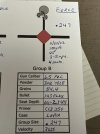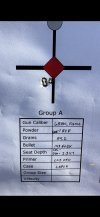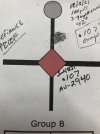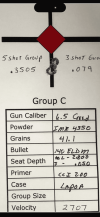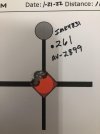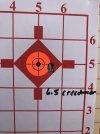JustMe2
Well-Known Member
Stop chasing ES and SD because statistically your sample size is too small to have any "confidence" in your data. Listen to Hornady talk about 1000s of rounds fired in their Hornady video "Is Your Group Size Too Small", EP50.I have been reloading for many years and struggle with consistently achieving single digit ES and SD. I use a lab radar with the magnetic trigger and rarely not capture a shot. My reloading practices is good brass (lapua) CCI primers 200 or 250 depending on the caliber (6.5 creedmoor or 6.5 PRC) Hornady 140 ELDM or 143 ELDX, each rifle is a custom action and better then average barrels (proof on the PRC and Benchmark on the creedmoor). All though each rifle has produced .250 or better groups if I do my part I struggle with single digit ES and SD. Typical powders I have tried are IMR OR Hodgons H's or Retumbo. I use a FL dies and bump brass back 2-3 thousands. I use a carbide mandrel to set neck tension at 2 thousandths. I clean and brush inside necks after resizing. I typically set my jump at 40-50 thousandths to start and tune as needed. My powder scale is the Creedmoor digital and I calibrate and weigh to the kernel.
What am I missing? Is it my components or am I missing some important step. Oh I anneal every 3 firings.
Last edited:

